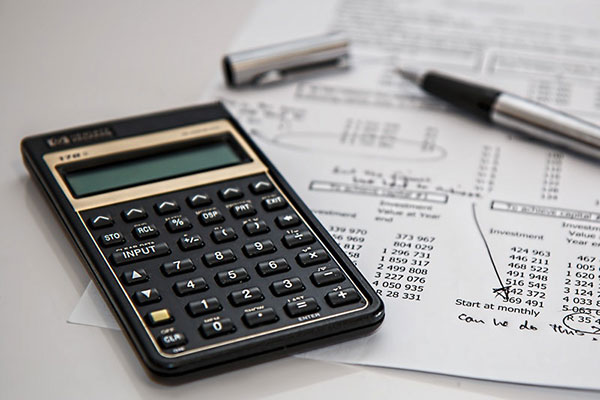VAT Annual Accounting Scheme

If your business is VAT-registered, are you on the right scheme? There are a number of different schemes you can join and, in this article, we’ll be looking at the pros and cons of the VAT Annual Accounting Scheme and VAT in general.
What is VAT?
Apologies if this is stating the obvious but most businesses in the UK aren’t VAT registered. VAT is tax business owners must charge to their client if they turn over, or expect to turn over, more than £85,000 per year. If this is so with your business, you should really register with HMRC for VAT now.
For most companies, they pay VAT once a quarter - four times a year. At the end of a VAT period, you have one month and seven days to inform HMRC of the size of your VAT bill and make the payment in full.
Put simply, this is how you work out your VAT bill. Just make this calculation – add up the VAT that you charged clients and add up all the VAT you paid your suppliers in the last quarter. Your VAT bill is the difference between those two sums.
Three different VAT rates apply:
• 20% on the vast majority of goods and services
• 5% on utility bills and items such as mobility aids for over 60s and children’s car seats.
• 0% on a wide variety of items including but not limited to most food products, children’s clothes and books.
Different VAT schemes
Once you register for VAT, you will be given the chance to select the type of VAT scheme you want your business to operate under.
There are two main schemes however if your annual turnover is higher than £1.35 million, then the following two options do not apply to you.
- VAT Cash Accounting scheme
If your business invoices on either a 30-day, 60-day, or 90-day period then you should select the VAT cash accounting scheme. This is different to the normal VAT system because your business only pays VAT on invoices that have been actually paid – where you have the actual money.
Under normal VAT (so-called accrual VAT), you become liable for VAT (in that you have to include it on your bill) the minute you’ve raised your invoice – it doesn’t matter if you’ve got the money yet.
It’s much better for your cash flow only to include your output VAT on your VAT bill when you’ve received the money.
- VAT Annual Accounting scheme
The VAT Annual Accounting Scheme reduces the number of VAT submitted from four to just one per year.
The amount you pay will be determined by the previous year’s VAT liability. If your business is only starting out, the payments you make will be based on an estimate of your first 12 months’ turnover (HMRC estimates the size of your bill).
You can choose to pay your VAT in 9 monthly instalments at 10% of the amount owed for the previous tax year. Alternatively, you may choose to pay your VAT in quarterly instalments at 25% instead.
You can contact HMRC to change your VAT payment arrangement at any point.
What are the advantages of the Annual Accounting scheme?
With the annual accounting scheme comes less paperwork as you only complete one return a year instead of four.
It makes for easier budgeting and management of cash flow because you know how much you will pay out each month (or quarter). An extra month is also given to those joining this scheme to complete their VAT return and pay the tax they owe.
Although this, some disadvantages are also associated with this scheme. Your VAT payments may be higher than needed because your calculations of your VAT is based on last year’s performance. However, if this is the case and the difference is significant you can adjust the interim payments.
If you’re on this scheme, you’re obliged to tell HMRC if you know or think your tax liability will be higher or lower than your previous year.
Is my business eligible?
To be eligible for the scheme you must:
- be VAT-registered
- have an estimated taxable turnover under £1.35 million
You may ineligible for the scheme if:
- you have left the Annual Accounting scheme in the last 12 months.
- your business has cannot pay its debts and is insolvent
- your business if a part of a VAT registered division or group of companies
- you have previously been late with VAT returns or payments
How do I sign up for it?
If you want to join the Annual Accounting scheme, you can either do it online when you register for VAT or by post.
- Join the scheme online www.gov.uk/vat-registration
- Join the scheme by post by filling in this form
- If you do chose to register by post, you can also apply for the Flat Rate Scheme at the same time by filling in this form – please make sure you ask us about Flat Rate VAT when you call us.
Can I leave it?
If you are no longer eligible for the Annual Accounting scheme, you must write to HMRC and wait for confirmation of the date on which you can leave.
Alternatively, if you chose to leave the scheme for different reasons, you may still do so at any time. If you do leave the scheme, you should note that you cannot re-join for 12 months. Once leaving the scheme, you will be subject to the standard VAT system.
If you would like to consult with our accountants about which VAT scheme your business should join (or even unjoin), call us on 01235 768 561 or drop us an email to enquiries@pantheraaccounting.com – we’ll be back in touch with you shortly.

